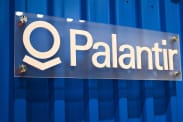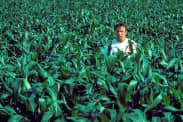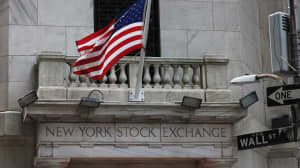An earlier version of this story said the cost of betting against a stock-market crash was at the cheapest since 2008. It has been corrected.
Traders who expect the stock market to crash sometime during the next year are in luck: The cost of betting on a blowup hasn’t been this cheap since at least 2008, according to a team of analysts at BofA Global Research.
“Since our data began in 2008, it has never cost less to protect against an S&P drawdown in the next 12 months,” according to a team led by Benjamin Bowler, BofA’s top global equity-derivatives strategist.
Relatively low equity volatility coupled with rising interest rates — the Federal Reserve is widely expected to deliver another 25-basis-point interest-rate hike on Wednesday — and low correlation among different corners of the stock market has created a “historic entry point” for hedges, the team said.
According to the team, the cost of buying S&P 500 puts and put spreads expiring in 12 months is even lower today than it was in 2017, when the Cboe Volatility Index
VIX,

A put is an option contract that could pay off if the underlying stock or index were to fall by a certain amount over a given period. The level at which an option goes “in the money” is called the “strike price.” Traders can typically exercise or sell “in the money” options for a profit, so long the cost of purchasing the option has also been offset. Equity options give traders the right, but not the obligation, to buy or sell.
In options trading, a “spread” is a type of strategy that involves selling one option contract to offset the cost of buying another.
The team recommended buying puts that would pay off if the S&P 500
SPX,
Upfront premiums paid on such a trade is in the low single-digits, meaning the cost of protection is a small fraction of the index’s price in the spot market.

If the S&P 500 were to falter, the put spread recommended by the team could offer a max payout of more than 8-to-1.
In a sense, the cost of bearish options on the S&P 500 has gotten so low, it almost doesn’t make sense. There appear to be far more potential stock-market landmines nowadays than there were back in 2017.
U.S. stocks finished higher on Tuesday with the S&P 500 rising 0.3% to 4,567.46. Meanwhile, the Nasdaq Composite
COMP,







